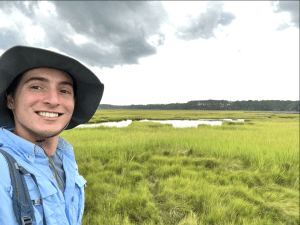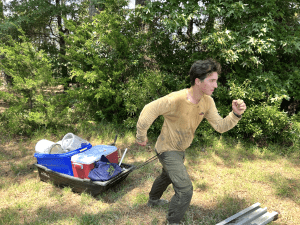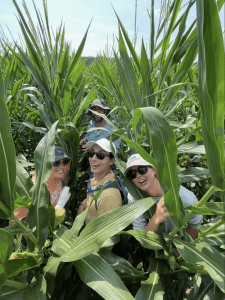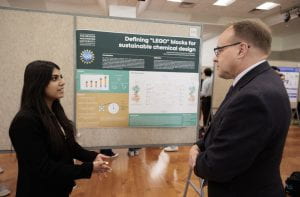The following blog post was written by fellow UHPer and Spring 2024 SURE Award recipient, Caroline Gilmore (International Affairs, ’25). Read on about Caroline’s research and how she plans to utilize the SURE Award funding to further expand upon her experience!
As the digital world is becoming more important than ever, it is essential to understand how audiences and influencers interact within online ecosystems. Through posts, videos, and livestreams, social media influencers set the news agenda of their followers and frame the topics they discuss. As a result, the way that people perceive and discuss political events and issues is heavily shaped by the content that they consume online. However, the extent to which social media shapes individuals’ understandings of the world around them remains unknown.
My research project “Posts and Politics” examines the relationship between people’s social media habits and their political activism in the online and offline worlds. I hope to assess the extent to which social media content affects an individual’s political activism and worldview. I will utilize a mixed-methods approach that combines qualitative textual analysis of social media posts and content analysis of data derived from semi-structured interviews. With the generous support of the SURE award, I will be able to spend my summer collecting interviews and social media data for my research in the United States and Canada.
Looking forward, I plan to write up my findings into my Senior Thesis paper. This study aims to provide policymakers and practitioners with a better understanding of the relationship between social media and political perceptions, and hopefully will provide clarity on how the audiences of influencers perceive and reflect the content they engage with online.
I designed this project as a member of the Dean’s Scholars research cohort. Through this program, I had the unparalleled opportunity to work with experts such as Dr. Maryam Deloffre and my faculty advisor, Dr. William Youmans, whose advice and constructive guidance has been pivotal to my success.
Creating my own research project has been an invaluable learning experience. I have studied American and Canadian research ethics, honed my understanding of qualitative and qualitative research methodologies, and have become proactive and persistent when looking for sources and connecting with experts in sociology and social media studies. I am so appreciative of Professors Carol and Lee Sigelman’s endowment of the SURE award, and to the University Honors Program for supporting students in research endeavors.
Interested in applying for your own SURE Award funding? Find out more about the application process here!












